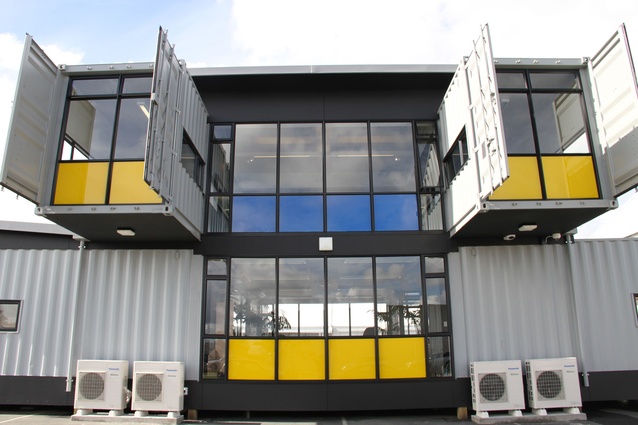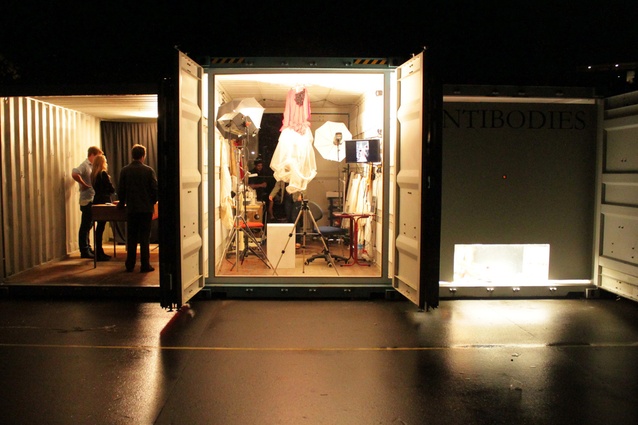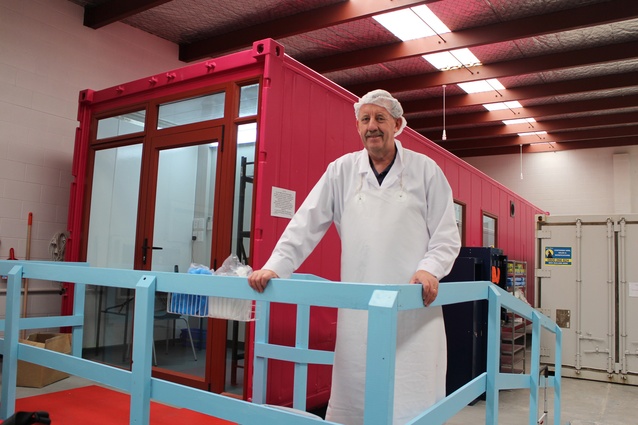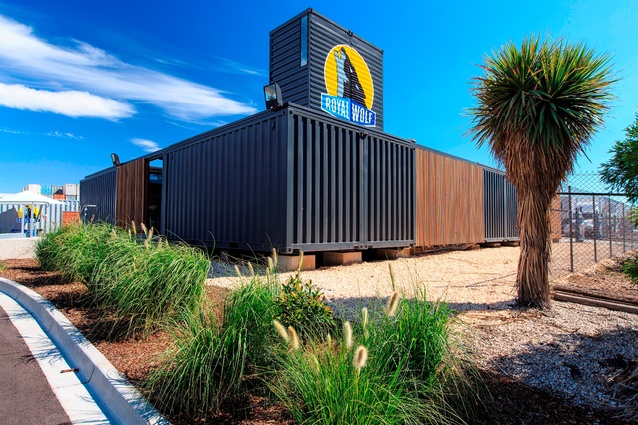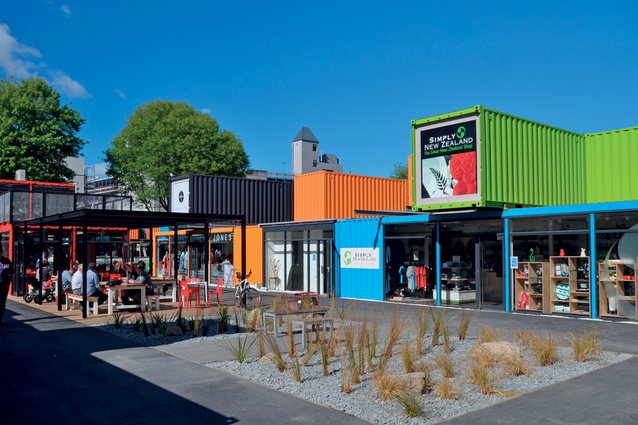Building for the future
Traditional construction methods can’t compete with the strength and affordability of shipping container structures says architect Frank Tonetti.
Delivering a pile of sticks to a site and building something from scratch can be slow. We’ve been doing it for hundreds of years, and we’re masters at it, but using conventional building methods means construction projects take a long time to complete and ultimately pushes up costs. Shipping containers on the other hand offer a practical, quick, and reasonably priced alternative.
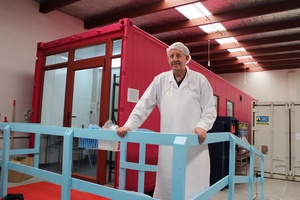
Obviously, these humble and solid steel boxes are not for everyone, but we should be open to alternative solutions like containers.
And with the current boom in building – that includes coming up with solutions to combat the lingering temporary housing shortage, through to the ongoing construction activity in Christchurch and Auckland – you’d think alternatives for quick yet functional building structures would be jumped on.
But for all the talk about developing new and innovative construction systems we struggle to think beyond conventional timber or steel methodologies. With a background in alternative architectural design, I’ve always been interested in utilising different materials and methods for building and construction projects.
I was drawn to containers two years ago by a church/aid organisation looking for a more robust and permanent building solution for the Pacific Islands after they lost two schools because of cyclones. Repeated conventional kitset timber/steel framed buildings that were provided to them – and delivered in shipping containers – didn’t survive. But the containers did.
Which got me thinking: perhaps the container should be part of the building solution given that it`s on average 20 times stronger that what we conventionally build, and it’s the preferred method of delivery for all materials and products to the Pacific anyway.
This idea has evolved with a number of projects using container building solutions being developed, ranging from single- and multi-storey residential modules to “emergency houses” for aid projects.
The Auckland offices of shipping container specialists Royal Wolf are an example of cutting edge, yet practical and versatile container designs that showcase what can be done with these simple boxes. My brief was to create offices – using two 40-foot and six 20-foot containers – that showcased the company’s container modification expertise, demonstrated innovative and expressive container construction, and the functional and efficient space that can be created using containers.
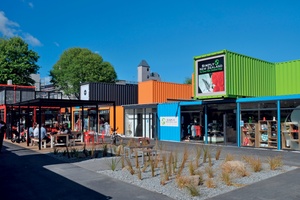
The challenge, however, was showcasing the versatility of containerised building solutions as opposed to the conventional stacking method that is most common.
It’s all about the spaces between, around, and under the containers. The interesting architectural aesthetic comes from the diverse orientation, stacking and cantilevering of different sized containers, an inter-play of solidity and transparency.
Typically, private offices and service spaces occupy the containers, and the larger spaces between containers provide versatile open plan reception, retail and boardroom areas.
Ultimately the look is one of stylish hard wearing industrial chic.
And this look translates across many different building and construction areas. Other projects that are examples of containers being modified to satisfy a unique need include the Royal Wolf offices in Melbourne, as well as an ice cream container factory modification for Auckland-based business Joy Ice Cream, and the Ikana seafood processing plant inside two 40-foot containers located in Christchurch.
Similarly, short-term options are also being explored with the recent staging in Wellington of The Performance Arcade – a multimedia installation and theatre work – as part of the New Zealand International Arts Festival; and Christchurch’s re:START mall as local examples.
There is also huge potential for using container buildings in aid missions and disaster situations with multiple building options including ablutions, clinics, classrooms, and residential units.
Custom pre-fitted out containers could be ready and off to Tonga or Samoa or other Pacific islands within a week of a cyclone or tsunami hitting.
You’d think we should be using our limited New Zealand aid funds wisely and in these sorts of disaster environments containers easily outperform timber constructions because if you want a building that’s instant and robust then containers are it. It takes a lot of effort to construct a building, so why not build one that is going to last?
Architect Frank Tonetti is director of Archittetura, an Auckland-based firm offering personalised architectural services in commerical, community, education, residential and interior fit-out architecture.

